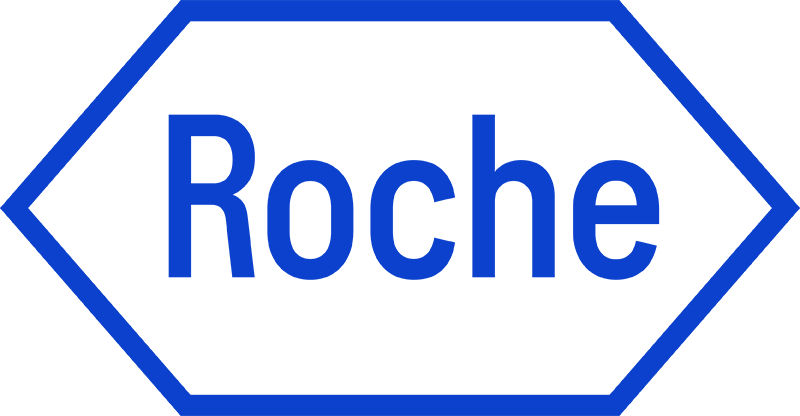As the numbers of COVID-19 infections and deaths soared across the United States in the spring of 2020, with New York City at the epicenter of the pandemic, Roche Diagnostics clinical science leader Sachin Garg spent 14-hour days helping to develop a new test to combat this disease.
His weekends were spent volunteering at a busy Brooklyn hospital, easing the suffering of the sick and dying.
“The hospital was packed to the brim and everyone had COVID-19,” recalls Sachin, an internal medicine physician who volunteered as a hospitalist when he wasn’t working long hours on the new Roche test.
The days and nights spent trying to save lives are forever in Sachin’s memory.
“Patients were not allowed to have their families come to the hospital. I knew some of those people I was admitting weren’t going to make it out of the hospital. Many of them died, and they died alone, without their families.
“I would love to be able to say that because of my great doctoring I was able to save some of their lives, but the reality is I wasn’t able to significantly improve their clinical course, with mostly supportive care and no lifesaving treatments available. I felt like I had zero control over who lived and who died in that hospital. I witnessed first-hand the devastation and loneliness and the complete pandemonium striking New York City in that moment.”
He focused on providing as much information as he could to anxious families over the phone, and to comforting patients though kindness, even as his own worries grew. “Practicing medicine was like living in a constant state of fear and panic that you might contract the infection.”


